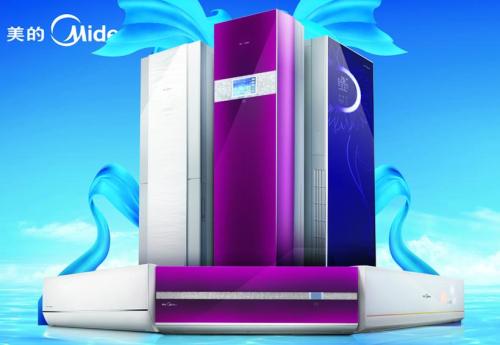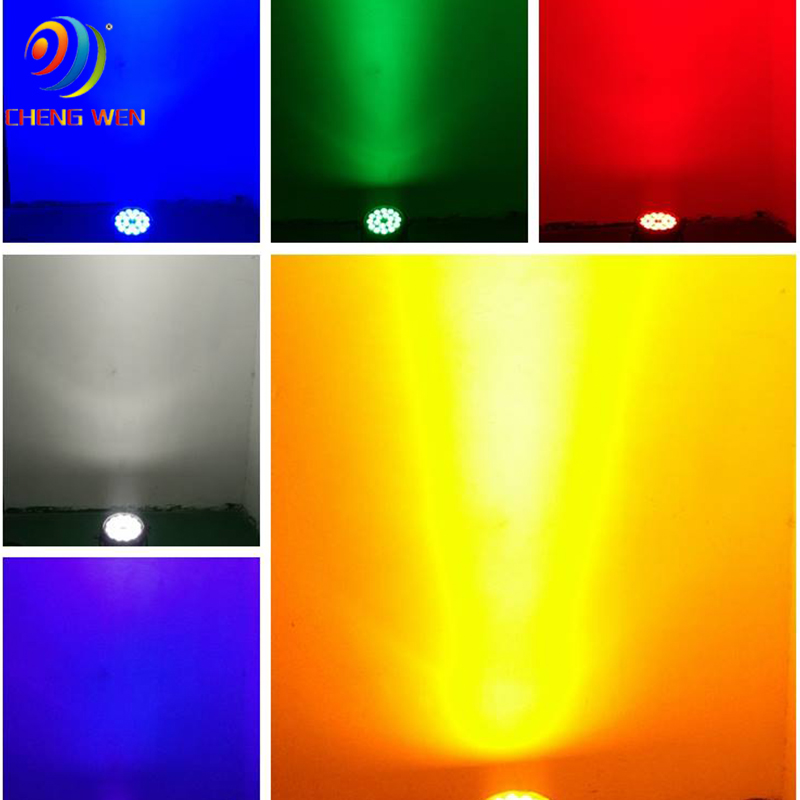
The development of China's air-conditioning industry has entered the late stage of maturity. Brand competition has also entered the era of oligopolistic competition by a hundred schools of thought, basically forming a competitive situation in which Gree and Midea are dominant and more than a dozen mainstream brands coexist. And just in such a highly saturated and competitive industry, there are still new brands entering the air-conditioning industry.
As early as the industrial policy prevailed, Putian, Suoyi and other brands took advantage of the market. Last year, Senko, Shangling, and Wopusi brands were also involved in air-conditioning, while the air-conditioning industry's original Shincoe and Moon Rabbit brands were once gone. At the edge of delisting, but through the way of asset restructuring, it is still fighting in the industry. These are the small brands we know, and there are many other brand names that we have never heard of or have ever glorified in the industry.
This year's hot summer season has given these brands breathing opportunities. At TCL's Wuhan plant, it once produced more than 60 small-brand OEMs. It is conceivable that we still have a large and small market in the difficult market environment that we believe. Brand groups.
What attracts these brands into the air-conditioner industry in this market environment where everyone is generally cautiously optimistic, and most of the brand's development plans are aimed at the industry's mainstream camp and what can support them to go further. What?
The threshold of entry into the rural market is low, and small brands invariably lock the target market into rural areas. Among the four major categories of household appliances, air conditioners have a lower level of ownership in the rural market, and the room for growth is even greater. At the same time, consumers in the 3rd and 4th markets have low awareness of the brand, so small brands are more likely to survive in the rural market.
Low product technology barriers are another big incentive for small brands to choose air conditioners. Firstly, the form of OEM can easily solve the problem of product production, and make use of the mature production lines of other brands to ensure product quality. Second, the product technology with fixed speed as the focus is easy to grasp. The difficulty in forming air-conditioning product lines is not high.
Capital seeks industrial investment. Take Putian air-conditioning as an example, it is relied on the investment of Shanghai Dukes Group. The Duchess Group has completed capital accumulation in real estate, tanker transportation, hotel industry, mining and home appliance manufacturing. Home appliance industry is An important addition to the industry map. Shangling Air Conditioning is another business expansion of Shanghai Shuanglu Shangling Enterprise Group in the white power industry outside the refrigerator. The industrial investment in capital and the expansion of household appliance business units are the main forms of entry of small brands into the air-conditioning industry. In addition, small brands also need to rely on powerful groups to complete the infrastructure that requires capital investment.
E-commerce offers room for low-price competition. In June of this year, Rabbit Air-conditioner went online on JD.com, and won the championship for several weeks in a one-month period, once ranking third in Jingdong air conditioner sales. The impact of e-commerce channels on terminals has caused air-conditioning companies to attach great importance to them. According to the latest monitoring data from Ovid Consulting, cumulative sales of home air-conditioners during the period from January to June 2013 were 934,000, accounting for 3.8% of the total market sales. 2.7 billion yuan, accounting for 3.2% of the total, sales volume and sales increased by 491% and 414% respectively, indicating that although the proportion of e-commerce channel air-conditioning sales is still small, the growth momentum is very rapid. The competition on the e-commerce platform is still based on price. The small-price brand positioning is in line with the e-commerce competition strategy.
In the past few years, under the stimulation of industrial policies by the air-conditioning industry, the rural market gradually entered the right track, air-conditioning demand in the third and fourth-tier markets was gradually stimulated, but this market competition is still not mature enough, thus giving small brands the opportunity to survive and develop. However, after taking the first step in the air-conditioning industry, how to move quickly and steadily is not so easy. Especially when the industry is fully developing into the rural market, small brands have to face the pressure of the mainstream brands in the industry. , And the latter has more competitive advantages in terms of brand, product, technology, technology, channels, and after sales. In the absence of large-scale market outbreaks, how small brands can participate in competition and gain development space, I am afraid that in the small brand this camp will emerge a new survival of the fittest.
This series is a traditional classic LED par light. As the most commonly used dyeing effect light on the stage, the par light is the most used one. There are not only styles suitable for indoor use, but also styles suitable for outdoor waterproofing. The brightness and effect are excellent. It is a very practical Stage Light. This series of lights is one of the most configured lights in the stage lights. It brings brightness and color transformation effects to the stage. It can make the stage effect better when matched with other series of effect lights.

Led Par Lights ,Led Par Can,Led Mini Flat Par Light,Led Par Can Light
Guangzhou Cheng Wen Photoelectric Technology Co., Ltd. , https://www.nbcwdisplay.com